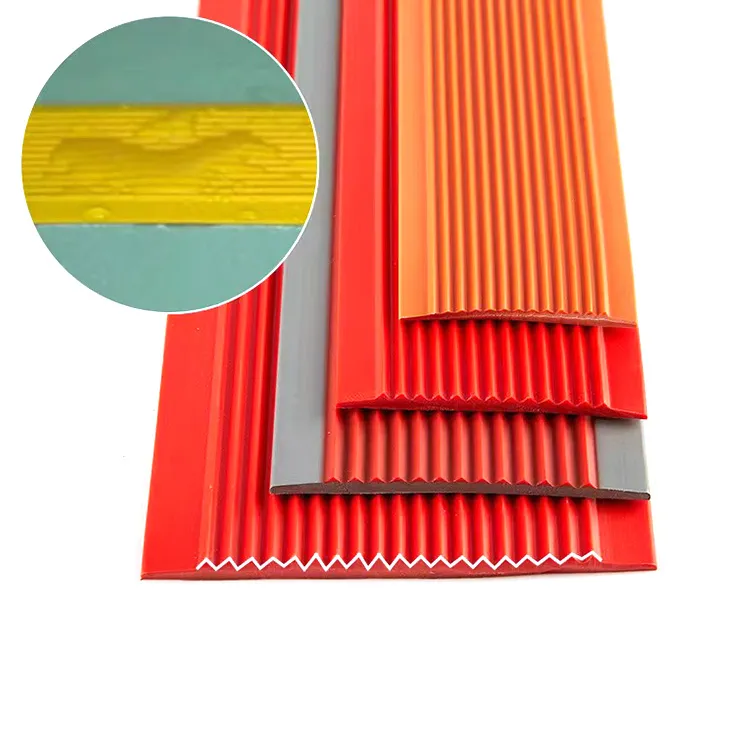ERIKS type M (type B according to the DIN standard) has a single metal casing and rubber sealing lip. Since the casing is made of metal, it must be fitted in a well-finished, undamaged groove. Large volumes of oil seals with metal casings are often cheaper, which is why they are often used as original equipment in machines. However, if an oil seal has to be replaced, types with a rubber exterior (type R or RST) are easier to fit. Type MST is similar to M and commonly used. The difference is the dust lip in the MST oil seal that prevents dust and dirt reaching the sealing lip, and extends its service life in dusty environments.
ERIKS



